X-ray Inspection of Integrated Circuit Quality Inspection Technology
Date:2024-01-15 17:04:36Views:175
Integrated circuits are the crystallization of contemporary technology. With the continuous updating and iteration of processes, the internal structure of integrated circuits is becoming increasingly complex, leading to some inevitable internal structural defects. These defects may not affect the functionality of integrated circuits under normal operating conditions, but if subjected to harsh conditions such as high stress and high temperature, these defects can lead to functional failure and endanger the entire system. So, before the formal application of electronic components, it is crucial to conduct non-destructive testing technology to pre inspect their internal structure and eliminate risks in the early stages.
Among numerous non-destructive testing techniques, X-ray testing is a very important method. X-ray testing is a method of detecting the presence of defects in the internal structure of a sample based on the different absorption and transmission rates of X-rays in different parts of the sample, using the intensity of X-rays attenuated through each part of the sample. The existing X-ray detection methods are divided into 2D X-ray and 3D X-ray. The former can rotate the tested sample from multiple angles to form images of different angles, while the latter provides two-dimensional or three-dimensional imaging through computer layered scanning technology. For samples with more complex structures, their internal features can also be visually seen.
X-ray testing can clearly display the internal structure of the tested sample and observe defects inside the plastic packaging device. Through X-ray testing, we can detect abnormal defects in the internal structure of integrated circuits, such as wafers, the number of wafers, wafer stacking forms, gold bonding wires, alloy bonding wires, copper bonding wires, lead frames, substrates, adhesives, plastic packaging materials, etc., and identify possible causes of device failure.
Various abnormal defects that can cause component failure, such as wafer cracks, adhesive voids, adhesive tilting or exceeding the bonding range, adhesive climbing height, whether the bonding wire is broken, collapsed, crossed, excessive curvature, solder joint desoldering, no bonding wire, distance between the bonding wire and the top, whether there are abnormalities in the first and second solder joints, foreign objects inside the plastic packaging material, tilting of internal components in the module, and welding abnormalities, All are within the scope of X-ray testing.
In addition, when there is doubt about whether the sample is genuine or not, we can also use X-ray testing for identification. Under the condition of comparing original samples or images, we can compare the original samples with test samples to observe the consistency of their internal structure, in order to distinguish authenticity. By observing whether key parts such as the wafer, bonding wire, bonding method, material, lead frame, substrate structure, and internal bonding inside the device are consistent with the original sample, we can effectively identify inferior imported plastic sealed devices that are substandard.
In summary, X-ray testing is a very important non-destructive testing technology that plays an irreplaceable role in the quality inspection and authenticity identification of electronic components. It can effectively detect and eliminate potential defects in plastic packaging devices, improving the overall quality and reliability of the system.
Sharing of X-ray Testing Cases for Chuangxin Online Testing:
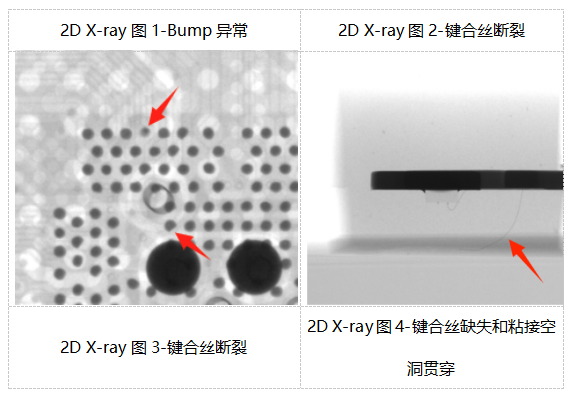
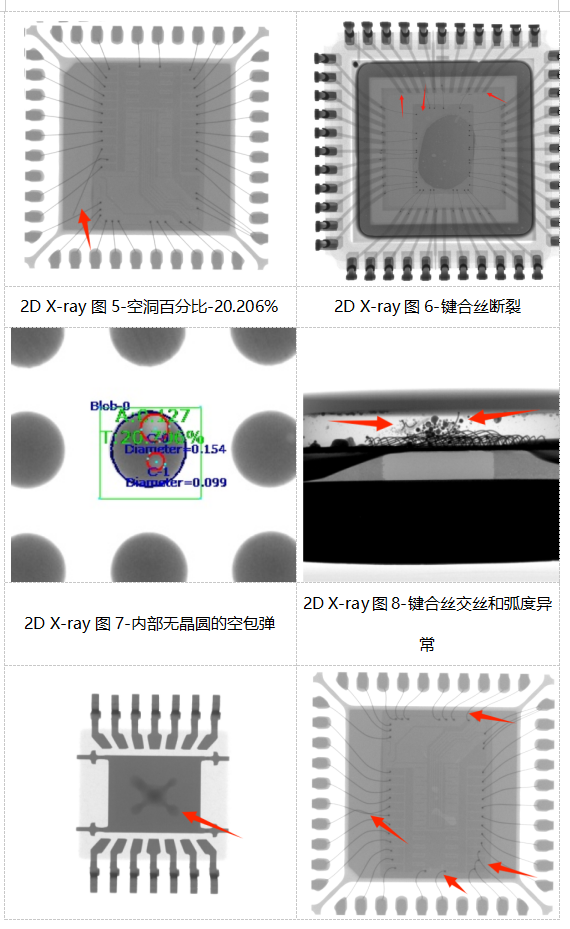
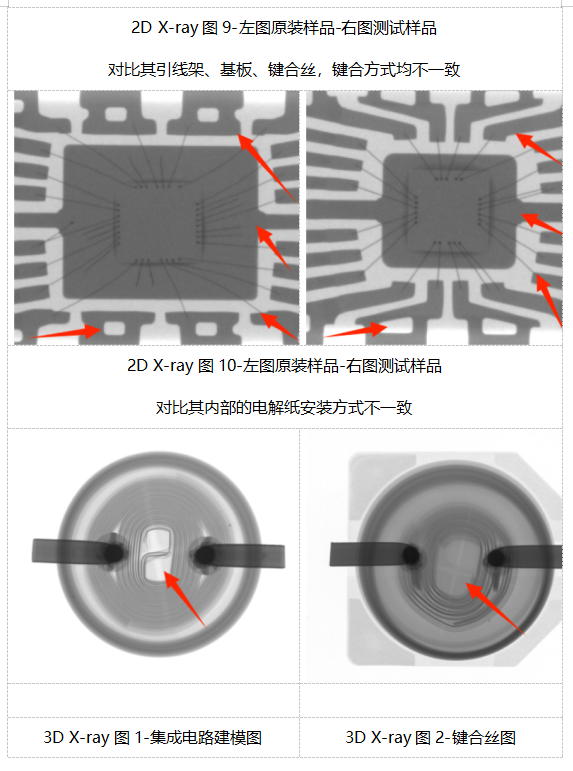
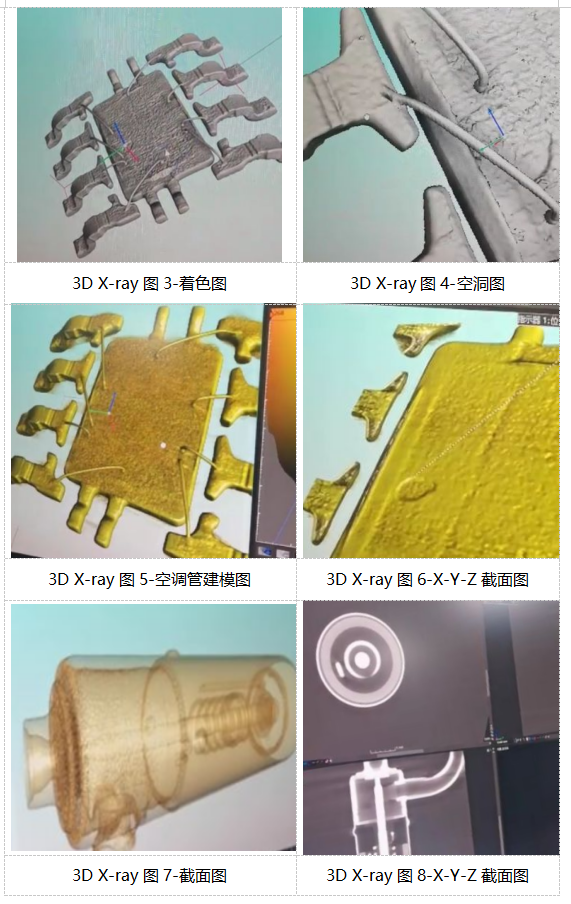
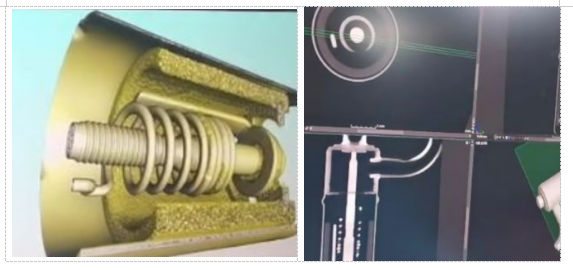
X-ray testing can explore the interior of the sample without damaging it. From the above cases, it can be seen that 2D X-ray can clearly identify internal structural defects in the sample and identify the cause of failure. For counterfeit products, as long as they are compared with the original genuine products, 2D X-ray can easily identify them. The characteristics of 3D X-ray stereo imaging, which can lock defect points from multiple directions and angles, are very suitable for samples with more complex internal structures.




 Weixin Service
Weixin Service

 DouYin
DouYin
 KuaiShou
KuaiShou




















